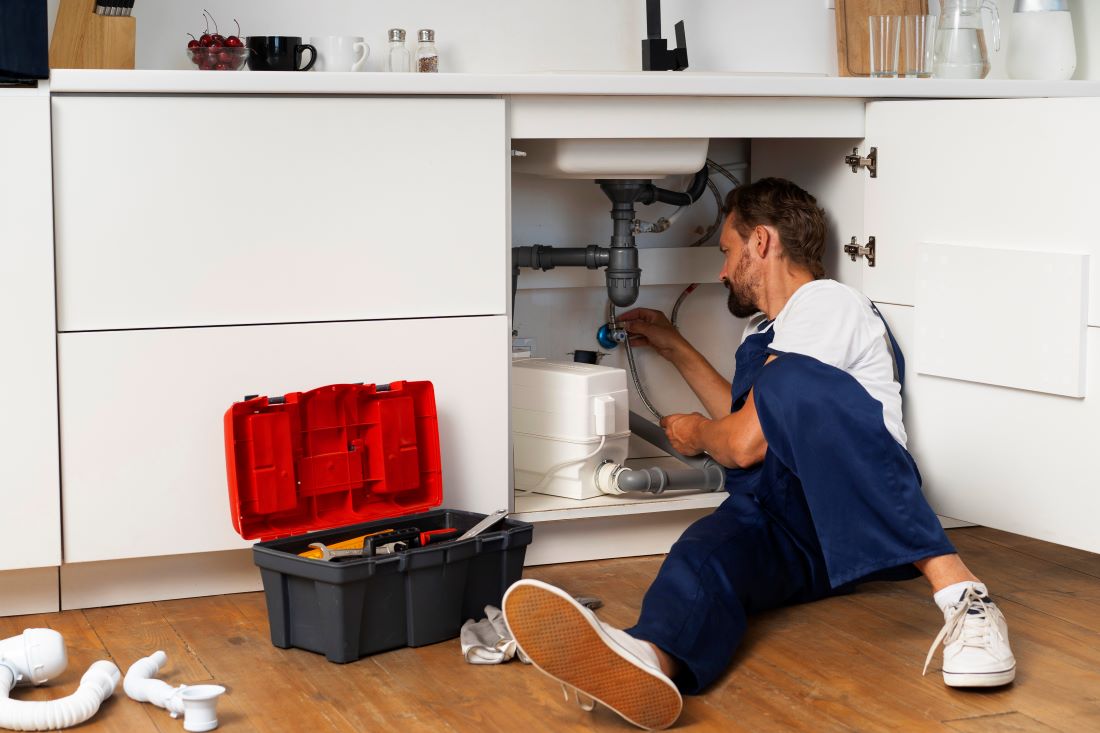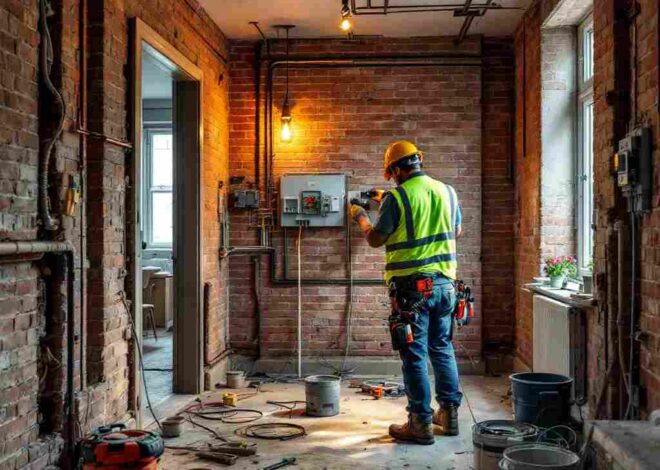
Where to Check for Water Leaks in Your House
Detecting water leaks in your home is not just about saving water or reducing your bills—it’s a crucial step in safeguarding the integrity of your property and ensuring the safety of its occupants. Water leak detection can prevent severe damage and help avoid costly repairs down the line.
Understanding Water Leaks
Definition and Causes
A water leak is any unintended water flow outside of the designated plumbing and container systems. Causes range from aging materials and high water pressure to accidental damage and poor construction.
Common Locations
Leaks can occur just about anywhere but are most frequent in areas subjected to regular water use or where water lines are present, such as kitchens, bathrooms, and basements.
Types of Water Leaks
Leak types include pipe leaks, appliance leaks, and roof leaks. Each type demands a different approach for detection and repair.
The Importance of Regular Inspections
Conducting regular inspections helps in early detection, which can significantly mitigate potential damage and reduce repair costs.
Common Areas to Check for Water Leaks
Kitchen and Bathroom Fixtures
Faucets, Toilets, and Sinks
These fixtures are common leak points. Check for drips, listen for running water when all taps are off, and look for puddles or watermarks.
Dishwashers and Washing Machines
Appliance hoses and connections are frequent leak spots. Inspect for wet spots on the floor, especially around the base of appliances.
Plumbing Systems
Water Supply Lines and Drain Lines
Regularly check supply hoses for bulging, cracking, or wetness, and examine drain pipes for water stains or mold.
Water Heaters and Water Softeners
These can develop leaks from their tanks or connections. Look for pooling water or rust.
You may also read (natural remedies mold and mildew at home)
Roof and Exterior
Roof Leaks
Inspect your attic for wet rafters or stains. After heavy rain, check for water in the attic or discolored spots on ceilings.
Gutters and Downspouts
Blockages can cause overflows that lead to external wall leaks. Ensure they are clear of debris.
Exterior Walls and Windows
Check for cracks or gaps in the sealant around windows and doors where water might infiltrate.
Appliances and Devices
Refrigerators
Water lines for icemakers can leak. Pull the fridge away from the wall and inspect for leaks or moisture on the line.
More Dishwashers and Washing Machines
Double-check these appliances as they can leak from multiple points over time.
Underneath Flooring and Around Appliances
Signs of Water Damage
Look for warping, discoloration, or a musty smell in flooring materials, which can indicate a leak beneath the surface.
Inspect Around and Under Appliances Regularly
Moisture accumulation or pooling can occur, so it’s important to inspect these areas frequently.
Advanced Water Leak Detection Methods
Visual Inspection
Importance and Tips
Visual inspections are the first line of defense in water leak detection. Look for obvious signs of water damage or malfunctioning fixtures.
Infrared Thermography
What It Is and Benefits
Infrared thermography uses thermal imaging to detect areas of moisture that are not visible to the naked eye, offering a non-invasive way to identify potential leaks.
Acoustic Leak Detection
Overview and Advantages
This method uses sound technology to detect the noise created by water escaping from pipes, which is particularly useful for underground leaks.
Water Leak Detection Devices
Devices Explained and Their Benefits
Innovative water leak detection devices can automate the process of detecting leaks and even shut off water supply in case of a detected leak, greatly reducing the potential for damage.
Conclusion
Regular water leak detection inspections are essential for maintaining your home’s safety and functionality. They not only prevent structural damage but also save on potentially high repair costs. Be proactive in checking the common areas listed above and consider using advanced detection methods for comprehensive protection.
You may also read (creative home insulation solutions)


